Could the Sun Someday Explode?
Ask a Rocket Scientist
by Rob Webb on July 14, 2022Name: May
Grade: 5
What is your favorite planet or star? Castor
What is your favorite rocket? Flying Pegasus
Question: Could the sun someday explode?
Thanks for your great question, May! I also think Castor is a really cool star, created by God on day four of creation week. It is not only the second brightest in the Gemini constellation but also considered one of the brightest stars in the entire night sky! And did you know that Castor, which looks like a single star in the night sky, is actually a three binary pair (that’s six in total) star system?
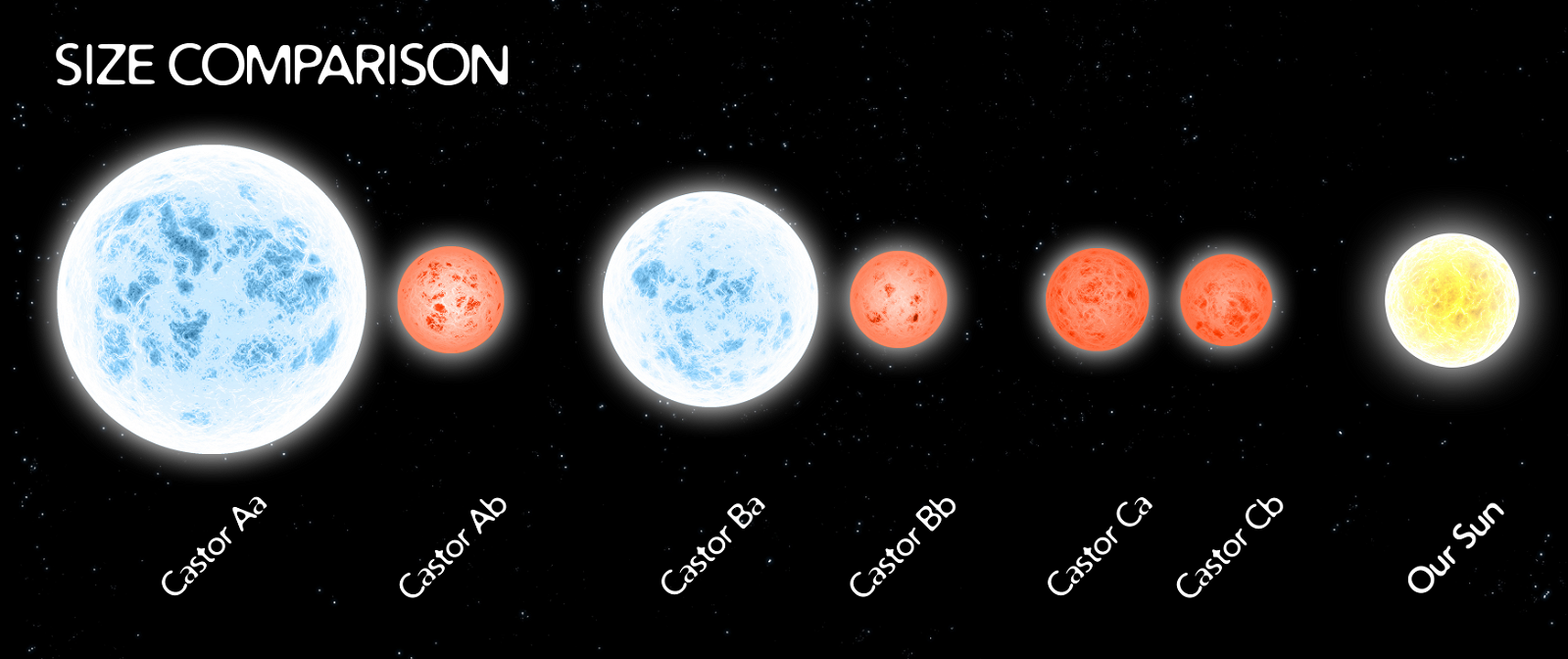
Size comparison of the Castor star system with the sun
Public Domain via NASA
I also really like the Pegasus rocket since it’s one of the rockets I used to work on back when I was in the aerospace industry. This is a cool rocket because it’s not like normal rockets that lift off from a launch pad on the ground. Instead, the Pegasus rocket launches from the bottom of a huge airplane (Stargazer L-1011) over the open ocean!

L-1011 Stargazer aircraft carrying a Pegasus XL rocket beneath it, which drops from the aircraft to launch
NASA/Lori Losey, Public Domain, via Wikimedia Commons
Now to your question, worded another way, could the sun ever explode1 (go supernova) or eventually collapse into a small (white dwarf) star? To truly answer this question, as with every question or situation we face, it’s important we always start our thinking with the biblical worldview (putting on our biblical “glasses” to correctly view the world around us).
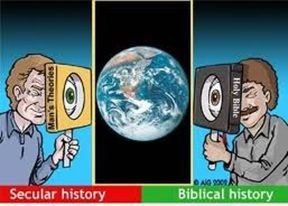
From the Bible (God’s Word), we can clearly see the promise that God has given us.
While the earth remains, seedtime and harvest, cold and heat, summer and winter, day and night, shall not cease. (Genesis 8:22)
And since the sun is essential for these listed things, we can be assured that the sun will continue to function with its original purpose (to govern the day) as established by God in the beginning.
And God made the two great lights—the greater light [the sun] to rule the day and the lesser light [the moon] to rule the night—and the stars. (Genesis 1:16)
That is, we can continue to depend on the sun to consistently produce light (heat) for the earth, as it has since its creation on day four! And because God cannot lie (Numbers 23:19) we can confidently rely on God’s promise that the sun will continue to perform its duties until the end, when the heavens and the earth will be made new (Revelation 21).

Artistic illustration of the sun and the earth
Public Domain via NASA
But you might be wondering, why do so many scientists today believe differently, thinking that the sun will someday cease? Well, it’s really because many of them rely on a naturalistic worldview (which says “nature” is all that there is) when they’re doing science and studying objects, like the sun, in the solar system. But by doing this, they’ve foolishly elevated their own thoughts and beliefs to be higher in authority than God and his Word!
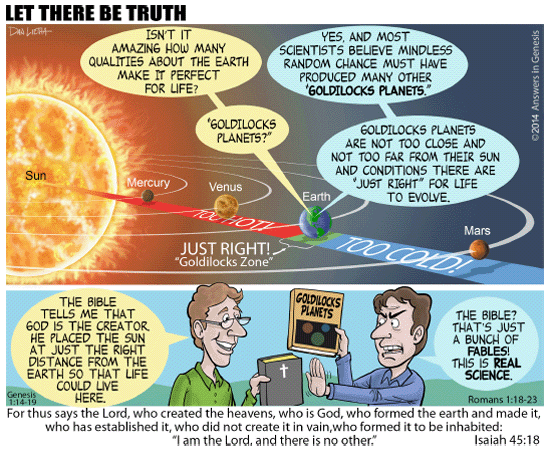
According to the evolutionary story, a star is “born” after the collapse of a gas cloud (which, by the way, no scientist has ever observed!) that begins producing heat from its available hydrogen fuel. Then, once the star’s hydrogen fuel starts running low, it becomes a red (super) giant star,2 expanding to hundreds of times larger in size (yet somewhat cooler as a result). After that, the star will either explode (supernova) or slowly collapse into a very hot (relatively small) white dwarf star.3
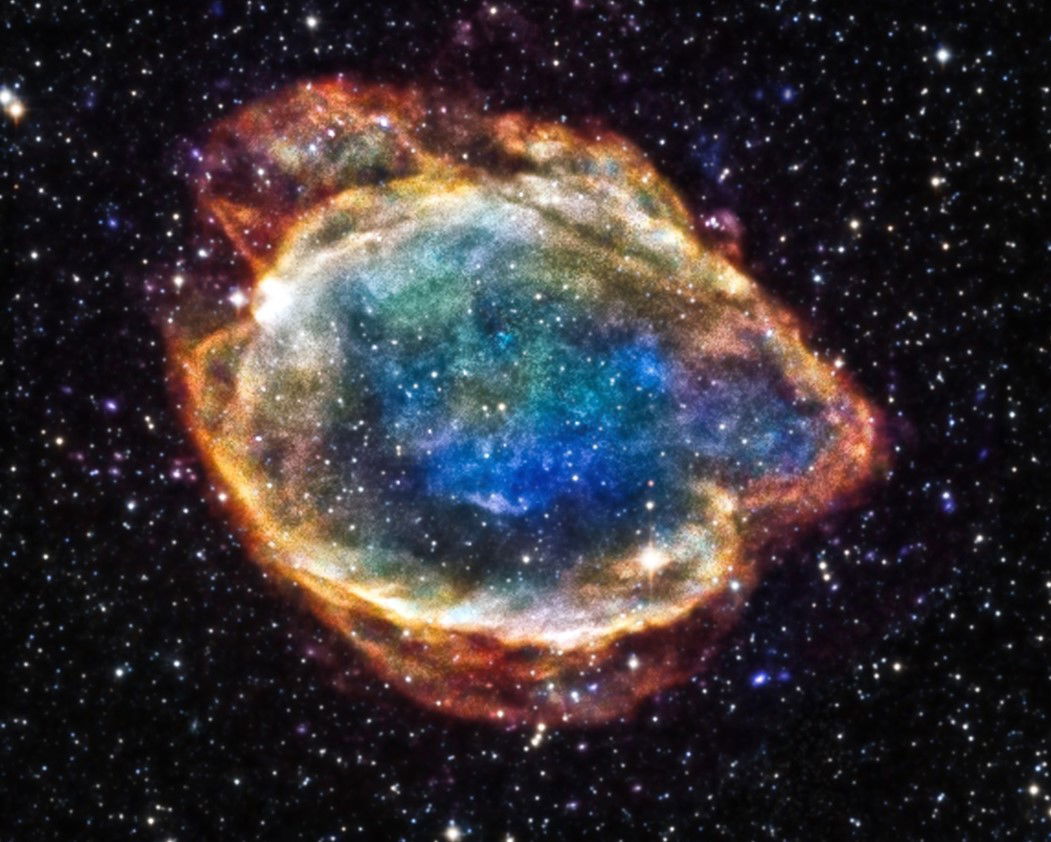
Image of a supernova remnant called G299.2-2.9, from NASA’s Chandra X-ray Observatory
Public Domain via NASA
And since they believe our sun is no different than any other star in the universe (basically saying there’s nothing truly special or significant about it), they say our sun is destined to the same fate as other similar type stars.4 But of course, as we’ve seen from the biblical worldview (Genesis 1:16), we do know that our sun is special!
The Bible also tells us that, along with the sun, all stars were made on the same day (Genesis 1:14–19), which means the sun is actually the same age as all the other stars created in the universe, yet with different color and brightness. Ultimately, this isn’t a problem for our all-powerful God!
There is one glory of the sun, and another glory of the moon, and another glory of the stars; for star differs from star in glory. (1 Corinthians 15:41)
Most importantly, like Solomon said in Psalm 72, as long as the sun shines, let’s remember to always fear and worship our Lord Jesus Christ, who is not only the Creator of the sun, moon, and every star in the universe (John 1:3; Colossians 1:16) but is also our Redeemer and Savior (John 3:16).
May they fear you while the sun endures, and as long as the moon, throughout all generations! (Psalm 72:5)
Bonus Question
Name: Charlie
Grade: 7
What is your favorite planet or star? Alnilam
What is your favorite rocket? I don’t know.
Question 1: I think supernovas are very beautiful. What makes supernovas so colorful?
Question 2: What planet has the most moons?
Thanks for your two great questions, Charlie! I also think Alnilam, the central star of Orion’s Belt, is an awesome star (it’s probably one of my favorites!). It is considered a blue supergiant star that’s estimated to be over 40 times more massive than our sun!
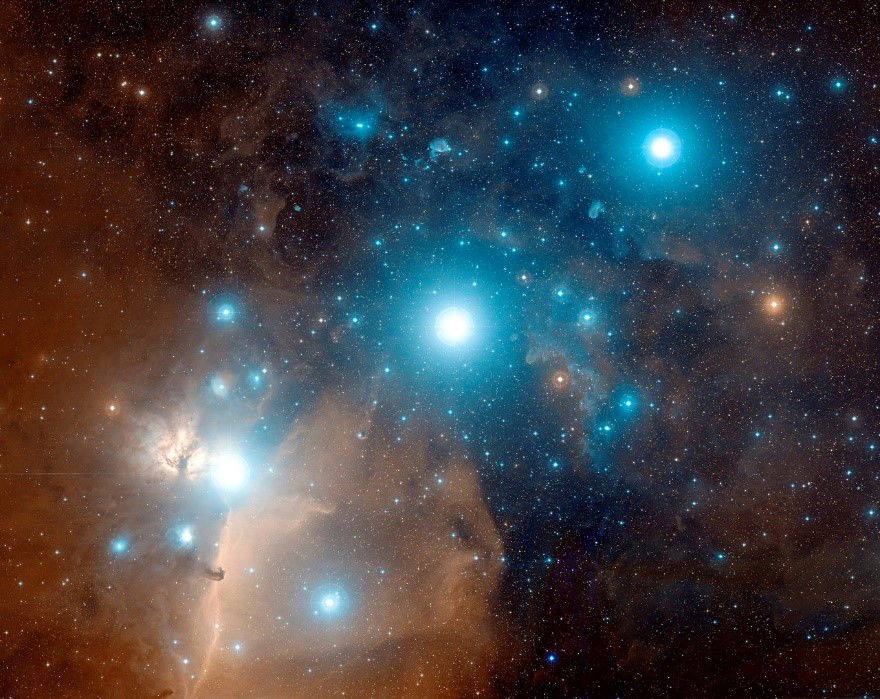
Color picture of Orion’s Belt
Digitized Sky Survey, ESA/ESO/NASA FITS Liberator, Public Domain, via Wikimedia Commons
To your first question, I also think supernovas5 (huge star explosions in space) are beautiful and just very stunning to look at! They definitely display the awesome glory of our Lord (Psalm 19:1), who is the Master Artist of the universe! The reason they are so colorful is that stars are made up of multiple layers of gas with different elements. And every one of these elements gives off a unique color,6 so when a star explodes (goes supernova) all those gases from the star get released into space, thus creating all the colorful marks that we see in images.7 Overall, these “pictures in space” really do illustrate the awesome power of our God!

Image of Crab Nebula supernova [my personal favorite!], which is the remnant of a massive star in our Milky Way galaxy
Public Domain via NASA
To your second question, which planet in our solar system has the most moons? Most people, adults and kids alike, assume it’s Jupiter (the “king of the planets”), with its 79 moons, but this title of having the most moons actually belongs to . . . Saturn! According to NASA, the latest estimates say Saturn has 82 total moons8 (53 confirmed, 29 provisional) that are in orbit around the planet.
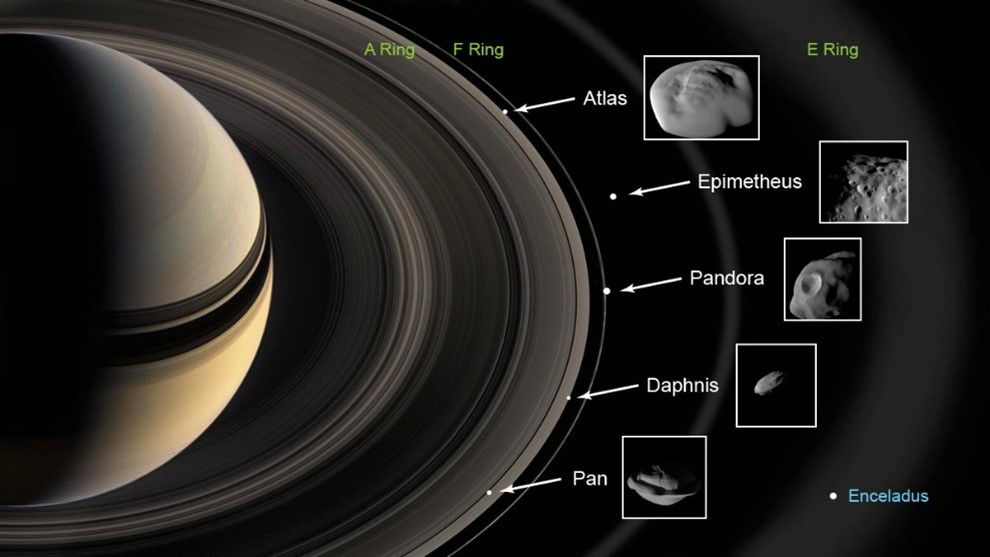
Graphic (not to scale) showing the ring moons inspected by NASA’s Cassini spacecraft in super-close flybys
Public Domain via NASA
Thanks again for your questions, and I hope you enjoyed the answers to them. Keep standing firm on the authority of the Bible and continue trusting alone in God—the Creator of you, me, and every object in the entire universe—and his Word from the very first verse (Genesis 1:1)!
Ask Your Question
Ask a parent to help you submit your space-related question to Rob Webb today! Don't forget to check back next week to see if your question was chosen!
Footnotes
- Technically, our sun is considered too small to explode in a supernova. Many NASA scientists today, based on naturalistic/evolutionary beliefs, actually believe that in about 5–6 billion years (imaginary time) our sun will basically “run out of fuel” and end up as a white dwarf.
- The star Betelgeuse is an example of a red (super) giant star, which, at near-infrared wavelengths, is the brightest star in the night sky.
- The star Sirius B is an example of a white dwarf star, which is also the first white dwarf discovered, and considered to be “very old,” based on false (evolutionary) assumptions.
- Note, we do observe stars spontaneously changing brightness and actually exploding in space. However, we do not observe star formation, nor the naturalistic (secular) evolution cycle, as described by evolutionists.
- Fun fact: The first discovered (oldest documented) supernova was in AD 185, by Chinese astronomers, who documented it as a “mysterious guest star” that remained in the night sky for a whole eight months!
- These colors can be seen on an electromagnetic spectrum (i.e., seen on a spectroscope).
- Also, keep in mind that the images you typically see online are computer enhanced images, which means the actual pictures likely aren’t as “pretty” or as colorful.
- Saturn, technically, has the same number of confirmed moons (53) as Jupiter but has more provisional moons (29) than Jupiter. You can learn more about all the known moons in the solar system here (just watch out for the evolutionary storytelling): https://solarsystem.nasa.gov/moons/in-depth/.
- © 2025 Answers in Genesis
- Privacy Policy
- Contact
- About
